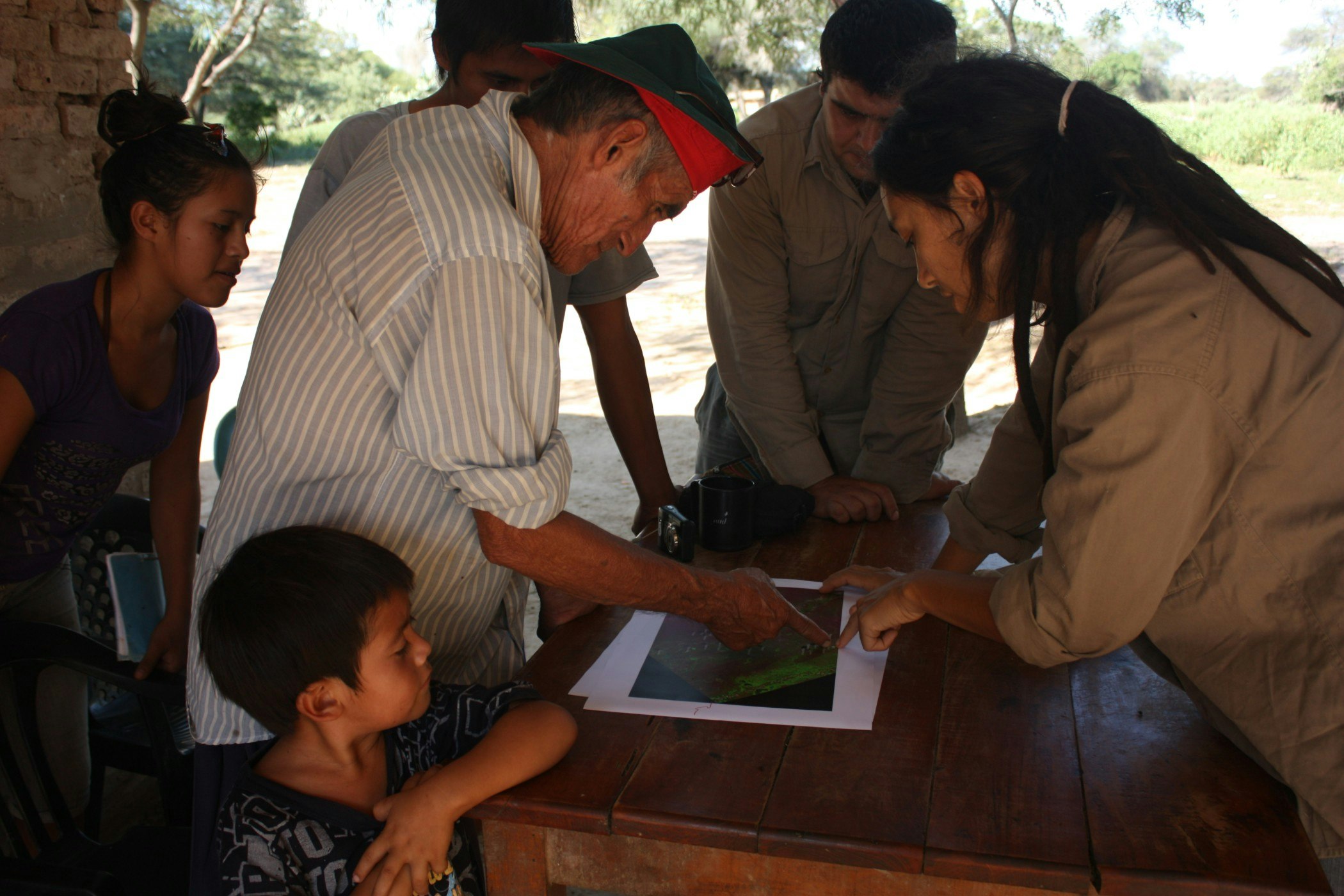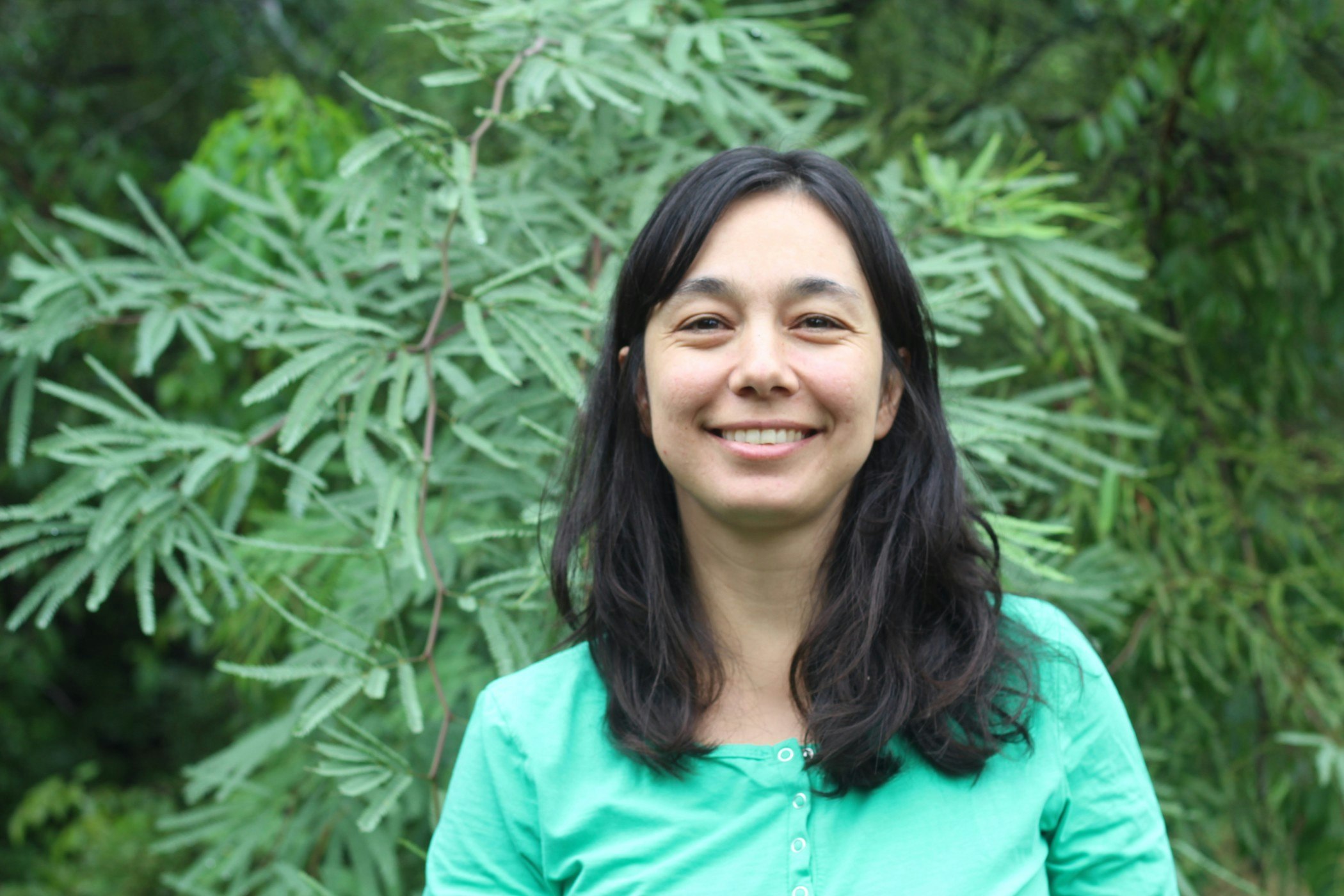In northern Argentina lies an impressive breadth of forest home to communities as well as endemic species, such as the Critically Endangered Chacoan peccary. But as the forest is cleared for agricultural development, local people are losing their homes and livelihoods, and the region’s cultural and biological richness is disappearing.
THE DRY CHACO
The Dry Chaco is the largest sub-tropical dry forest in the world. It is under threat, yet it receives relatively little conservation attention. Here resides the Chacoan peccary, an endemic pig-like mammal perfectly adapted to this dry habitat, where it plays an important role as an umbrella species for this biocultural landscape. The region also has one of the highest deforestation rates in the world, driven by advancing industrial agriculture, mainly for soy and beef production for export to other countries. In just 20 years, 25% of the forest has been lost. If these trends continue, the Chacoan peccary will be extinct in less than 30 years.
A FORGOTTEN SOCIETY
The Chaco is also home to the indigenous Wichí and Criollo people who live in isolated communities in the forest. The traditional inhabitants of this region, their livelihoods are closely linked with nature as their subsistence is based on the ecosystems around them. Sadly, these people are being displaced by foreign companies who take advantage of their uncertain land tenure and lack of awareness of their human rights. Companies capitalise on this to drive expansion of industrial agriculture, which often violates Argentinian law in its own right. After displacing families, forests are cleared for production, creating a landscape where most species cannot survive.
COMMUNITY EMPOWERMENT
Founder of Proyecto Quimilero, Micaela will work with communities on co-constructing solutions to address the environmental and social problems in the region, using scientific and traditional knowledge. Applying a grassroots approach, she will strengthen networks of local leaders, professionals and other stakeholders supporting traditional inhabitants. Micaela will empower local people with tools and information about their legal rights, to help them make informed decisions to stay in their homes, conserve the forest and improve their livelihoods. In doing so Micaela will increase visibility of this forgotten region, make government more accountable for its actions and equip indigenous groups to stand up for what is theirs.
Micaela and her team will:
- Identify priority areas for the conservation of Chacoan peccary and restoration of its habitat to connect 35,500 km2 of the Argentinian Dry Chaco Forest
- Co-develop an emergency action plan and long-term Chacoan peccary conservation strategy, and increase the number of people working on the project and research groups in the area
- Foster cultural identity and empower indigenous communities in decision-making processes concerning land-use change to reduce deforestation, ensuring they know their legal rights and are enabled to resist unethical corporate land grabs
- Scale up non-violent resistance and awareness raising action to reach people in the cities of Resistencia, Salta and Formosa
Top Facts:
- The Chacoan peccary acts as an umbrella species, with its conservation benefitting many other animals including the giant anteater, giant armadillo and jaguar
- The Chaco Forest spans 650,000 km2 across Argentina, Paraguay, Bolivia, and Brazil
- The Chacoan peccary has a large portion of unique evolutionary history and is #61 on the Evolutionarily Distinct and Globally Endangered (EDGE) mammals list
“If we succeed in conserving the Chacoan peccary, it is because we succeeded in saving these forests and preserving their biological and cultural richness.” Micaela Camino
Image credit: Dmitry (Chacoan peccary)



